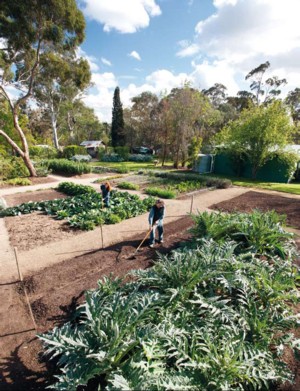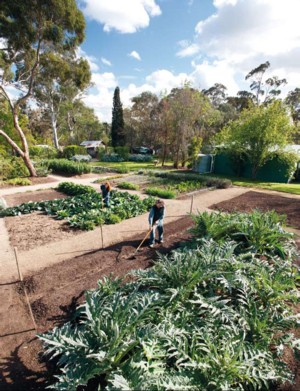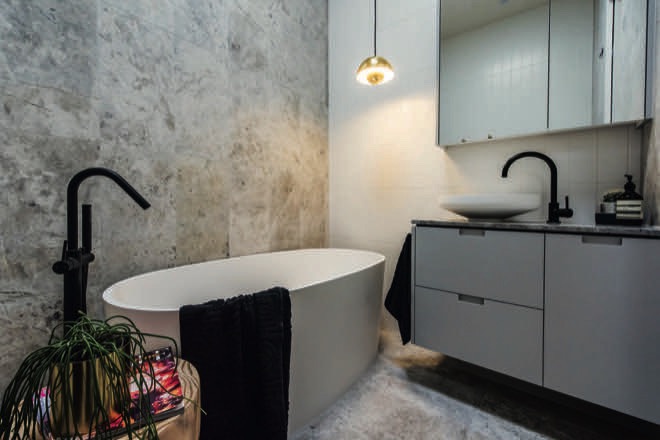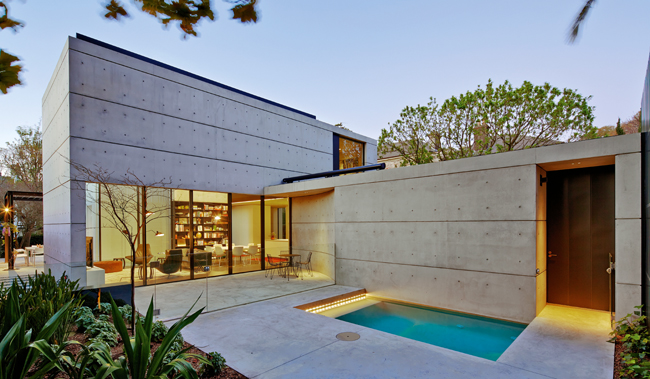Get inspired by the sustainable garden Heide, a unique, verdant oasis in suburbia, bordering the Yarra River at Bulleen, 20 minutes from Melbourne’s CBD.

Originally a dairy farm on river flats, the property was bought by John and Sunday Reed in 1934. Heide (named as an abbreviation of Heidelberg which is close by) soon became the gathering place for many artists, writers, musicians and painters of the Melbourne arts scene, all friends and associates of the Reeds. In fact, Sidney Nolan, painted his Ned Kelly series here. Other notable friends included Neil Douglas, Albert Tucker, Max Harris, Mika Mora, Charles Blackman and Arthur Boyd.
Sunday Reed was a passionate gardener and cook, also a vegetarian. She was deeply committed to living a healthy lifestyle, eating organic fruit, vegetables and herbs, all essential ingredients in the delicious meals she prepared for friends and extended family. Homemade butter, cheese and cream were also used when there was a herd of dairy cows on the property. It is Dugald Noyes’ job to keep the existing favourite plants growing well in the true spirit of the Reeds, trying to be as sustainable as possible by using natural fertilisers and growing methods. “I’ve been at Heide for just over 12 months,” he says. “We work to be as absolutely sustainable as possible in our gardening practices and keep any spraying to an absolute minimum just as Sunday did.”
The edible gardens at Heide are in two sections with the earlier plantings of vegetable beds, old fashioned perennials, roses and medicinal plants and a small orchard of apples and pears around the old Victorian farmhouse. Heide 2 is a delightful old-world garden close to the second house, built on the six hectare property in the 1960s. The original aim of the 2009 restoration was to address the Heide 1 vegetable garden. “We have just concentrated on two beds near the walled garden where Sunday would work and pick from it every day,” Dugald says. “The gardens had many rare and unusual plants and vegetables, including broccoletti, kale, endives and rocket varieties that have only recently become popular with vegetable gardeners.”
To make the existing garden more sustainable and to expand it to grow vegetables well, Dugald had to take out a few shrubs and plants that were suckering, shading and crowding the area. He has made an additional vegetable garden to the north of the original vegetable gardens set up by Sunday Reed, in a position where they will flourish. To make it all work Dugald had to outsource some chicken manure for the huge compost heap he has built (as there are no cows or other animals on the property), extra pea straw for the vegetable rows and some other organic fertilisers. “I use chicken manure in our compost, which is high in nitrogen,” he explains. “The rest is chipped prunings and trimmings from the garden, some clipped material from lower down in the garden, perennial vegetables trimmings and grass from the lawn mower.”
The aim is to compost all the green waste material on the site and return it into the soil and garden and turn the notoriously hard, yellow clay, natural to the site, into a workable, friable soil. “I like to fork the beds over very thoroughly to combine the compost in, rather than just leave the compost on top like some ‘nodig’ organic gardeners do,” he adds. Nature looks after all the pests and diseases and beneficial insects are encouraged here. Dugald monitors the plants and crops carefully for pests and diseases and uses crop rotation in the all the beds. “In the vegetable garden I build a slight mound for crops, especially when I am planting from seed,” he explains. “I run a line down the middle of the mound to sow the seeds then I actually put mulch along each side of the mound rather than over the top of the seeds. This gives me mulch to walk on when I am in the garden and the nutrients from the pea straw leech across into the mounds where the plants are growing. We also try to save much of our own seed for the vegetables and plant heritage and old-fashioned varieties where we can. “I hand-water the vegetables with mains water because drippers are too difficult to use on a vegetable garden. Wherever possible, we try to use tank water from the house to conserve water and because we want the garden to be authentic. In the lower Heide 2 garden we use some Yarra River water and also harvest water from the gallery’s special air-conditioning system into large tanks, which also collects the storm water.”
The garden here has meant a great deal of adaptation for Dugald as the site is exposed and open to the public, whereas the Como and Ripponlea sites are very sheltered with good-quality, well-conditioned soil. Sunday Reed was influenced by French garden design and also the English landscapers Gertrude Jekyll and William Robertson, who melded useful and medicinal plants in with other ornamentals. In restoring the garden Dugald has many of the original catalogues, lists and books that were used and they’re often dog-eared on certain pages. “I work with what I know of plant periods from my former roles of gardens in the 1920s and 1930s,” he adds. “A researcher also found a box full of old photos of the garden in the State Library of Victoria. This provided an excellent source of what was grown and how it was laid out.” The early photos also gave Dugald the opportunity to reinstate a heart garden that Sunday planted out close to the house. Heide welcomes visitors to the gardens and sculptural park all year round. There is also a cafe and the renowned Museum of Modern Art.
The main house is also open, showcasing a current exhibition until October 17 focusing on the kitchen and garden, which complements the launch of the book, Sunday’s Kitchen: Food & Living at Heide, by Lesley Harding and Kendrah Morgan, earlier this year.
For details, contact 03 9850 1511.
Heide, 7 Templestowe Road, Bulleen. Victoria.
www.heide.com.au.





